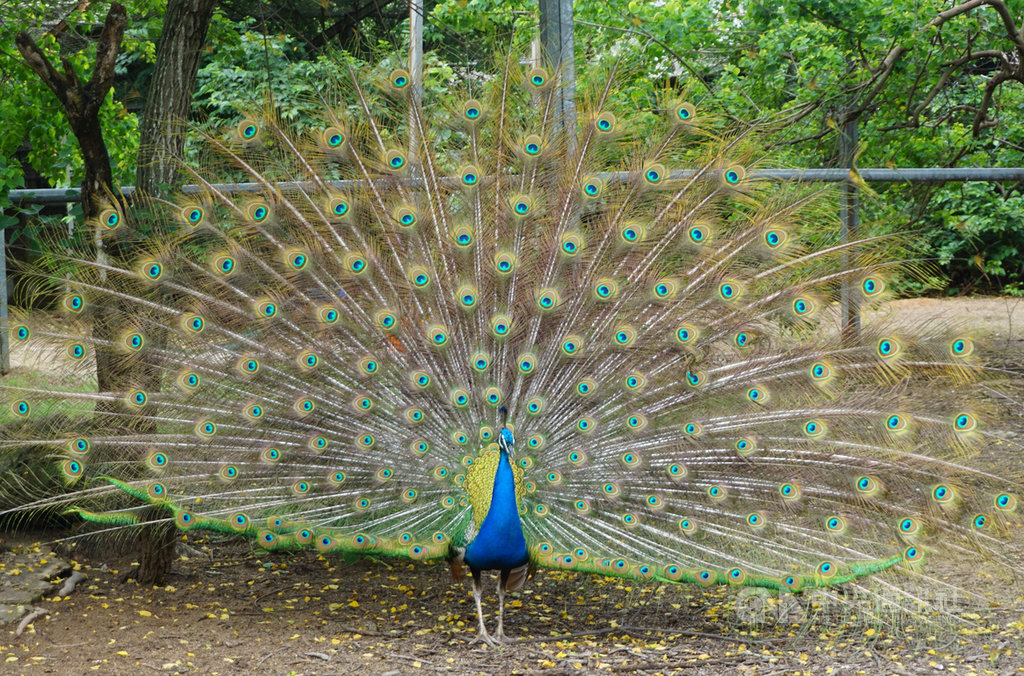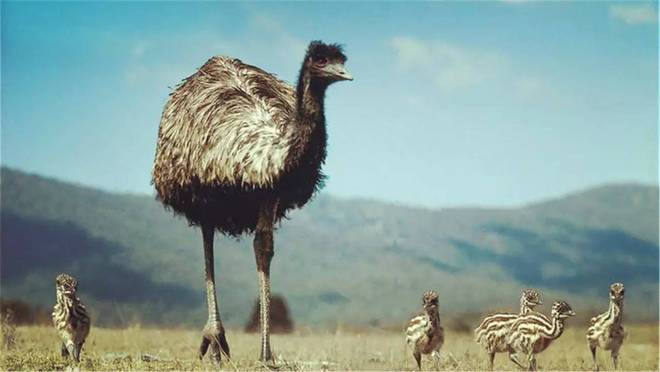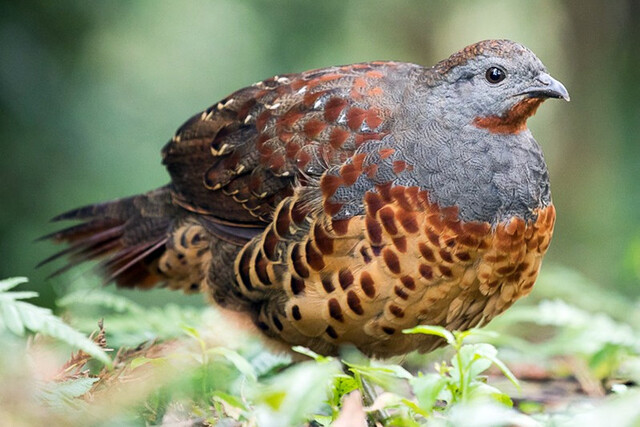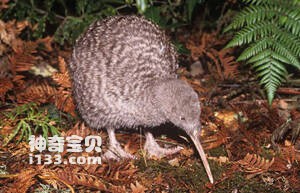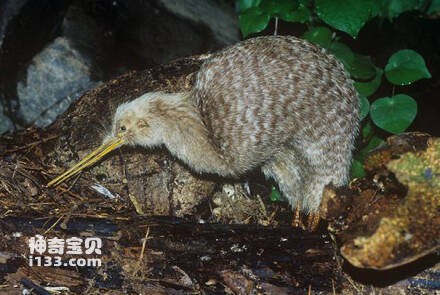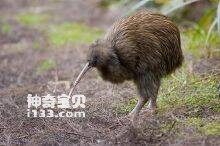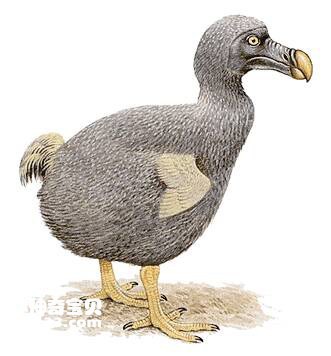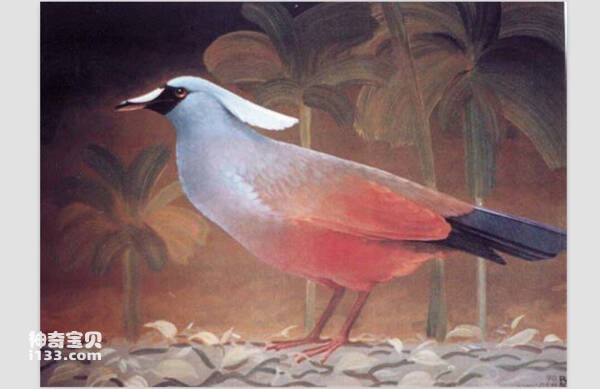Megapodius laperouse
IUCN
LCBasic Information
Scientific classification
- name:Megapodius laperouse
- Scientific Name:Megapodius laperouse,Micronesian Scrubfowl
- Outline:Landfowl
- Family:P.Genus P.family P.Genus
Vital signs
- length:About 30 cm
- Weight:275-455g
- lifetime:No textual research information is available
Feature
It is the only species of Megapod that uses volcanic heat to hatch its eggs
Distribution and Habitat
The Micronesian megapode still survives on the Mariana Islands, and is often found in the lowlands and undergrowth of outlying islands in the region. On the larger islands that survive, it can be found in higher areas of the interior. The species has been recorded on the islands of Asuncion, Agrihan, Pagan, Aguijan and Alamagan. There are still pockets of residual populations on Saipan and Tinian, as well as on some small islands where the birds live, but they are extinct on Rota.
It is found in Palau, the Northern Mariana Islands (United States territory), and Guam (United States territory).
The habitat is dense forest.
Appearance
The Micronesian megapod is a large and medium-sized bird, 30 cm long and 275-455 g in weight. The appearance of the feathers is mostly dark brown black. Its head is paler than its body plumage, with a short pale grey crest, a yellow beak, bare red cheeks, and large dark yellow legs and feet.
Details
The Micronesian Scrubfowl (Megapodius laperouse) is a large and medium-sized bird with two subspecies.
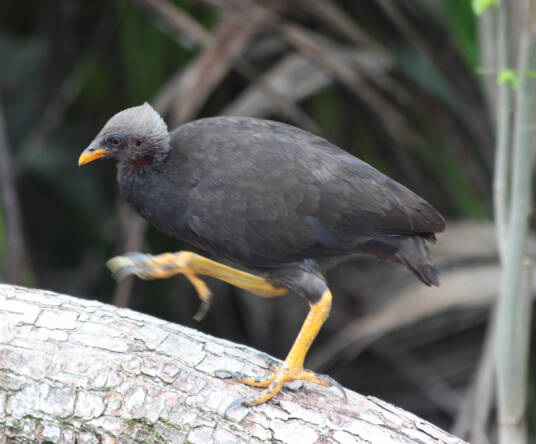
Micronesian megapods are omnivorous and eat a wide variety of foods on the forest floor. Shy and mysterious, but can perch in small trees and fly short distances, not long distances. Good long race, fast speed is difficult to catch up.
By 2000, it was estimated that only 2,000-2,500 Micronesian megapods survived. It is found on undisturbed islands in Palau and the Northern Mariana Islands. A small number of Micronesian megapods have been reported to have returned to Saipan since 2010.
Listed on the International Union for Conservation of Nature (IUCN) 2016 Red List of Threatened Species ver 3.1 - Endangered (EN).
Protect wild animals and eliminate wild meat.
Maintaining ecological balance is everyone's responsibility!

